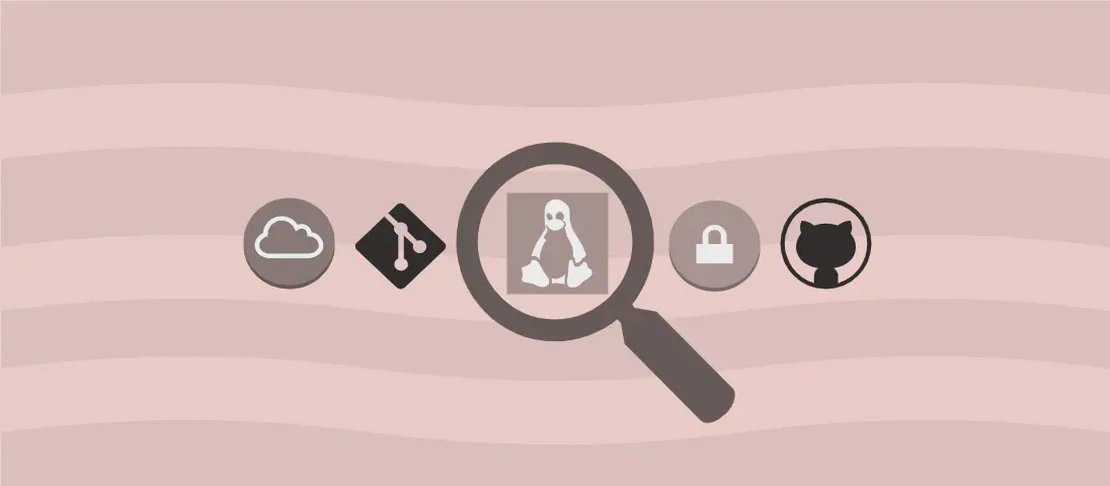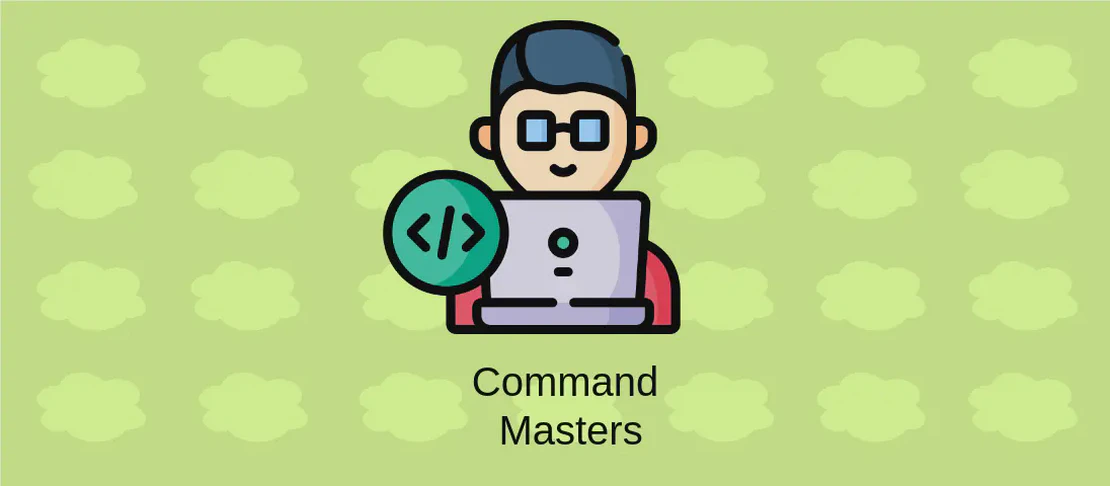
How to use the command 'waifu2x-ncnn-vulkan' (with examples)
Waifu2x-ncnn-vulkan is a powerful tool designed to enhance the resolution of manga/anime-style images using the NCNN neural network framework. The command is particularly useful for artists, designers, and enthusiasts who wish to upscale their low-resolution images or reduce noise for better image clarity. Here, we explore different use cases to illustrate how you can leverage this tool to achieve your desired image quality.
Use case 1: Upscale an image
Code:
waifu2x-ncnn-vulkan -i path/to/input_file -o path/to/output_file
Motivation:
Imagine you have a low-resolution image of your favorite anime character and you want to turn it into a high-resolution version for a poster. This use case allows you to upscale the image without having to worry about losing its visual quality, making it suitable for both digital and print media.
Explanation:
-i path/to/input_file: This specifies the path to the input image file that you want to upscale. It’s essential to point out the correct file path so that the command can access and process the image.-o path/to/output_file: This defines where and under what name the upscaled image will be saved. By specifying the file path and name, you ensure that the newly processed image will be stored at the desired location on your device, ready for use.
Example Output:
Once the command successfully processes the input file, the result will be an upscaled image saved at the location specified in the -o argument. You will notice enhanced details and sharpness when compared to the original image, suitable for larger displays.
Use case 2: Upscale an image by a custom scale factor and denoise it
Code:
waifu2x-ncnn-vulkan -i path/to/input_file -o path/to/output_file -s 2 -n 2
Motivation:
Sometimes, an image might not only be low in resolution but also have unwanted noise that distorts its clarity. This use case is crucial for achieving a clearer, more defined image by not only upscaling but also denoising it, offering both enhanced resolution and improved quality.
Explanation:
-i path/to/input_file: As before, this specifies the initial file path of the image you plan to upscale.-o path/to/output_file: This indicates the save destination and file name for the upscaled and denoised image.-s 2: This defines the scale factor. In this example, the image will be upscaled by a factor of 2. Adjusting the scale factor can make significant differences in how much detail is added to your image.-n 2: The denoise level, where2represents a moderate level of denoising. Depending on the noise you wish to eliminate, you can set this parameter from-1(no denoising) to3(maximum denoising).
Example Output:
After executing the command with a scale factor of 2 and a denoise level of 2, the output will exhibit a substantial enhancement in resolution alongside a reduction in image noise. The combination of these parameters results in a cleaner and sharper aesthetic for the image.
Use case 3: Save the upscaled image in a specific format
Code:
waifu2x-ncnn-vulkan -i path/to/input_file -o path/to/output_file -f png
Motivation:
There are occasions where an image needs to be in a specific format for further processing, sharing, or publishing purposes. This feature is particularly useful when you need your images in a suitable format for web use or specific software compatibility.
Explanation:
-i path/to/input_file: Specifies the location of the original image file.-o path/to/output_file: Points to where the image should be saved post-upscale, along with its desired output name.-f png: Specifies the desired output format of the image. Image format can be selected amongjpg,png, orwebp, each offering its own benefits in terms of compression and quality retention.
Example Output:
Upon completion of the command, the resulting image will be stored in the specified format, such as PNG in this case. PNG is highly favorable for maintaining image quality when transparency is required. The ability to choose formats ensures that the output file aligns perfectly with your needs, whether for web display, printing, or further digital manipulation.
Conclusion:
The waifu2x-ncnn-vulkan command offers a versatile range of options for enhancing the quality of manga and anime-style images, addressing both upscaling and denoising needs. Each use case discussed demonstrates the command’s powerful capabilities to tailor image output to specific requirements, from resolution enhancement and noise reduction to format specification. As digital art continues to evolve, tools like waifu2x-ncnn-vulkan play critical roles in maintaining high-quality visuals across a variety of applications.

